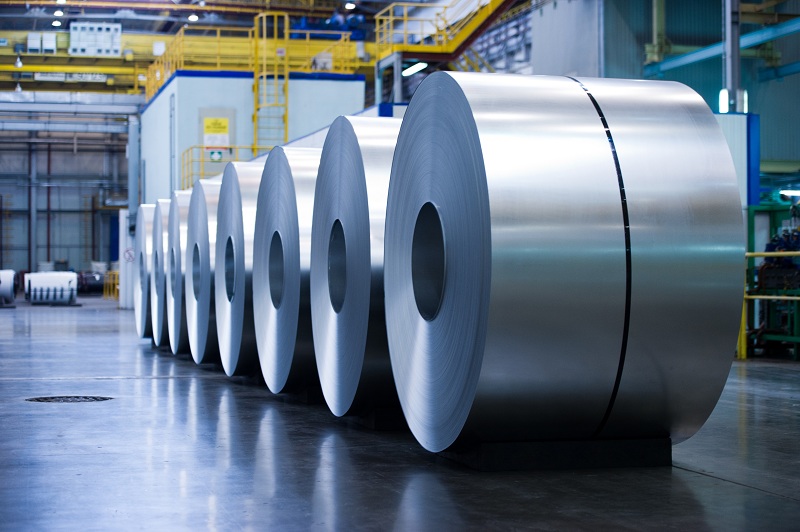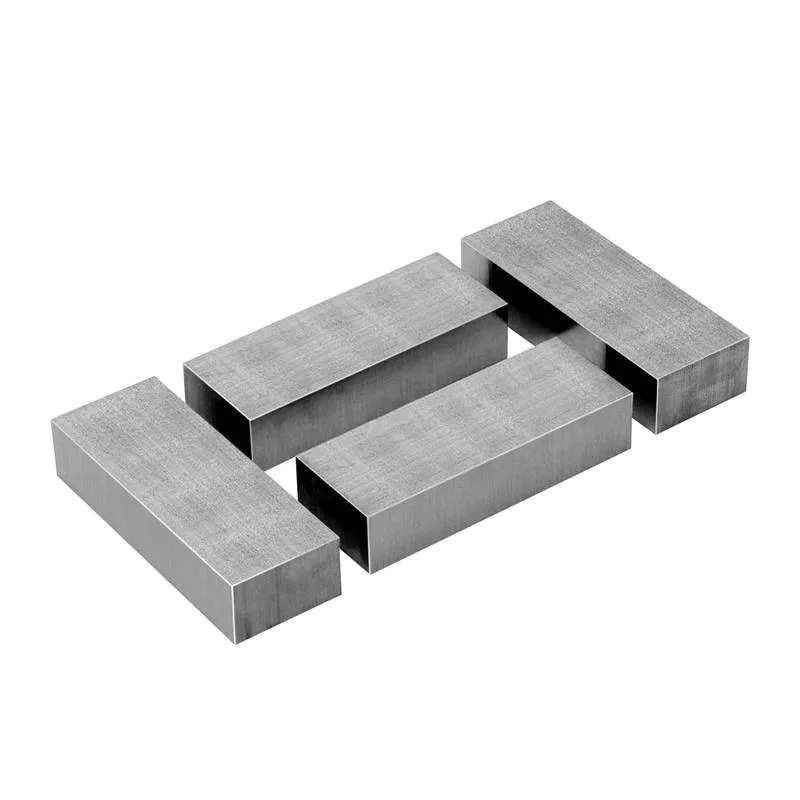
Stainless steel, as a kind of metal material with excellent corrosion resistance, heat resistance and mechanical properties, is widely used in all walks of life. It has a wide variety, each stainless steel has its own unique properties and application areas.
First of all, 304 stainless steel is a widely used steel, known for its good corrosion resistance, heat resistance and mechanical properties. It has excellent performance in hot processing such as stamping and bending, no heat treatment hardening phenomenon, and non-magnetic. This makes 304 stainless steel an ideal choice for making tableware, kitchenware, water heaters, boilers and other products. At the same time, it is also widely used in automotive parts, medical equipment, food machinery and other fields.
Next is 304L stainless steel, as a low-carbon 304 steel, its corrosion resistance in the general state is similar to 304. However, after welding and stress relief, 304L has better resistance to intergranular corrosion. Therefore, it is often used in the petrochemical industry and building materials, especially in the use environment below 400 degrees.

321 stainless steel adds Ti element on the basis of 304 steel to prevent intercrystalline corrosion. This makes it perform well in the temperature range of positive 430 to 900 degrees and is non-magnetic. Therefore, 321 stainless steel is widely used in automotive exhaust systems, heat exchangers and containers and other products that do not require heat treatment after welding. However, due to the addition of Ti elements, it is not suitable for use in food processing equipment.
316L stainless steel is low carbon and added Mo element stainless steel. It has excellent corrosion resistance and atmospheric corrosion resistance, as well as high temperature strength properties. This makes 316L stainless steel especially suitable for equipment used under harsh conditions, such as equipment in seawater, chemical and dye production equipment, etc. At the same time, it is also widely used in the food industry, coastal facilities and products with special requirements against intercrystalline corrosion.

309S and 310S stainless steels are known for their high nickel, high chromium and moderate Si content. They have high temperature and corrosion resistance, of which the 309S can withstand repeated heating below 980 degrees, while the 310S can even reach 1200 degrees. These characteristics make them the preferred material for key parts such as high temperature electric furnace equipment and drying equipment. In addition, they are also widely used in aviation, petrochemical, electric power and other fields. In addition to the above common types of stainless steel, there are also 200 series stainless steels, which are similar to 304 stainless steel, but are more economical. Therefore, they are widely used in food processing utensils, kitchen equipment, filters, steel furniture and other fields.
In general, there are many types of stainless steel, and each type has its own unique properties and application areas. When choosing stainless steel, we need to determine the appropriate type according to the specific application scenario and performance requirements. By understanding the performance characteristics and application range of different stainless steels, we can better utilize their advantages to provide high-quality, reliable stainless steel products for various industries.
How to identify the quality of colored stainless steel plate
2024-04-16Five details before decorating stainless steel kitchen cabinets
2022-12-27NEW RECORD! 2019 Global SS Slab Production Reached 52.4 Million MT!
2020-11-03The Application and Classification of Silicon Steel Sheets in Transformer Cores
2024-11-26304 stainless steel- maintenance- construction
2021-09-18Exploration of special production equipment for high-performance electrical steel sheet
2024-01-30






